Contemplating the Capstone
Contemplating the Capstone
by Pamela Kasyan-Howe, OTD FOTA SIS Fieldwork
Contemplating the Capstone
by Pamela Kasyan-Howe, OTD FOTA SIS Fieldwork
Motivation: An important factor in adherence to home programs for patients with chronic conditions
By Kristin Domville, DrOT, OTR/L and Kaye Rubio, Ph.D., MHS, OTR/L, CLT-LANA,
ASSESSING STUDENTS’ CLINICAL REASONING ON FIELDWORK
By Maria A. Colmer, OTD, OTR/L, Associate Professor, Academic Fieldwork Coordinator, Florida Gulf Coast University, OT Program, FLOTEC
Virtual Reality in Occupational Therapy
By Jonathan E. Urrely, OT-S and Carlos Martoral
By: Gustavo Reinoso, Ph.D., OTR/L Dominique Kiefer-Blanche, OTD, OTR/L Erna I. Blanche, Ph.D., OTR/L, FAOTA
As our understanding of sensory integration and the processing construct evolves, so should our measures and assessments. Occupational therapists working with children who present deficits in sensory integration and processing use an array of measures in clinical practice, such as standardized testing, proxy questionnaires, family interviews, biographical accounts, and self-report measures. The information provided by these measures assist practitioners in composing a clinical profile, formulate hypotheses, and develop a plan of care relevant to these children’s lives and their families. The results from these measures are often combined with the use of clinical observations. The primary purpose of clinical observations is to allow the therapist to use clinical judgment to analyze a child’s performance in relationship to sensory processing as informed by evolving theory and research (Blanche & Reinoso, 2008).
by: Kimberly McKinney MOT, MPT, tDPT, PHC
FOTA SIS Early Intervention/School Systems Chair H2 Health at Georgia-Pacific Palatka
The news about the coronavirus is everywhere, but what effect is it having on kids? According to a new study from China’s Shenzhen province (led by scientists from the Johns Hopkins Bloomberg School of Public Health and the Shenzhen Center for Disease Control and Prevention) believes that although children do contract COVID-19 they do not get sick as quickly as adults. This is believed to be due to children having healthier lungs (from not smoking or fewer years of exposure to pollution) (Pappas, 2020).
Manualization of an intervention is an essential component in the implementation of research studies. When collaborating on research teams, manualization gives a template to check for fidelity and thus determine if the intervention is carried out in the way in which it was intended by the program developers. Murphy and Gutman (2012) have outlined essential elements in intervention fidelity that are often absent from study descriptions. For example, within the intervention manual researchers should describe the intervention design to include the number, length, and frequency of intervention sessions. The researchers should explain both the theoretical framework and any clinical guidelines that provided the foundation for the intervention. The manual must also define the “active ingredients” or elements of the intervention proven to be responsible for changes in specific outcomes, often quite complex in intervention research. Careful consideration must be given to the training of individuals who will be implementing the study’s procedures. Implementation training is not only outlined in the manual, but the manual content can also be used for training purposes. Written/electronic intervention manuals can be an important tool to assist in fidelity as they provide a means to articulate the distinct differences of the intervention and ensure outcomes are replicated.
By:


By: Becky Piazza, OTD, MS, OTR/L, BCPR FLOTEC Academic Fieldwork Coordinator University of St. Augustine for Health Sciences [email protected]
I was recently inspired by Stephen Covey’s internationally acclaimed book, 7 Habits of Highly Effective People (Covey, 2004). In it he states, “Self-growth is tender; it’s holy ground and there’s no greater investment” (Covey, 2004, p. 70). This reminded me of the term reflective practitioner (Adam, Peters, & Chipchase, 2013; Bannigan, & Moores, 2009; Knightbridge, 2019; O’Reilly, & Milner, 2015; Parham, 1984), and the process of self-discovery that educators hope will occur during their OT and OTA students’ level II fieldwork journeys. Self-awareness, self-discovery, and the process of self-reflection are key tenants in identity creation, which in this context, is a level II fieldwork student’s ability to establish a clinical identity as an entry-level prepared practitioner. Quality fieldwork educators are key in this identity transformation from student to occupational therapy practitioner. The maturation process that culminates in successfully passing fieldwork, thus allowing graduation, is only the beginning of the self-growth journey that has just begun for these new practitioners. As fieldwork educators, awareness of our own self-growth equips us to mentor these future colleagues and model compassionate and effective service delivery. Our ability to reflect on our clinical competencies and the identity transformations that continually occur throughout our careers and lived experiences empower our distinct value as occupational therapists. It elevates and inspires human potential within us, our clients, our colleagues, and our students. Allow me to reflect on a recent self-growth journey of my own. This year I chose to say yes to a professional opportunity that required significant self-awareness, self-reflection, and proactivity towards my career as an occupational therapy practitioner; a valued role that I take great pride in, and one that significantly contributes to my self-efficacy and sense of purpose. I said yes to academia after more than 17 years in adult inpatient rehabilitation – an area of clinical practice that will forever remain my first love. This one “big” decision, of saying yes to a new job as an Academic Fieldwork Coordinator (AFWC), was much more than a singular decision made in a one-dimensional context. It required countless smaller, yet just as “big” decisions, whose consequences affected multiple individuals, systems, processes, and relationships across a myriad of environments, both personal and professional. My decision could not be made without an awareness of the occupational disruptions that my self-perceived “big” decision would surely cause in my colleagues’ lived work experiences, as well as in their perceptions of me as their boss. It was a decision that required months of continual assessment, reassessment, reflection, and consideration of my valued roles, habits, routines, goals, co-occupations, relationships, and performance abilities. Ultimately it was a decision that challenged my occupational therapy identity (Laliberte-Rudman, 2002; Laliberte-Rudman & Dennhardt, 2008). The infrastructure of my identity consisted of my many roles: occupational therapist, rehab therapist, neuro therapist, treating clinician, fieldwork educator, student coordinator, clinical education coordinator, supervisor, electronic medical records super-user, colleague, friend, mentor, etc. My occupational participation and performance across these roles, and my ability to meet the activity demands of the many occupations that made up each role, were optimized over time through a process of continuing competency development, life-long learning, and reflective practice. My confidence and competence were symbiotic in these complex, interwoven roles. The more I participated in these roles, the more my clinical occupational identity solidified. These experiences, and the confidence and competence that came from them, afforded me the opportunity to have a “big” decision to make in the first place, however, the juxtaposition of this optimized occupational performance is that it made me doubt my ability to be as effective in a novel role within a new environment, where my identity was less established and secure. Hence, my occupational identity transformation and reconstruction journey began, 18 years after the initial establishment of my clinical identity on level II fieldwork. The truth is, it has been a continual evolution since the day I transitioned from the halls of didactic coursework into the hospital rooms of level II fieldwork, and beyond into clinical practice once I earned those beautiful letters behind my name: OTR/L. I share this to convey that many clinicians go through a similar occupational identity transformation when they consider leaping into what they consider to be the unknown realm of Fieldwork Educator (FWE).
Occupational Therapy education is not unlike other programs of study when it comes to the trials and tribulations of student engagement. College educators and administers are constantly trying to find new ways to improve students’ academic performance and retention. Literature demonstrates that brief psychological interventions in education may have a significant positive impact on performance and retention (Yeager & Walton, 2011). Specifically, brief socialpsychological interventions that focus on the way students think, feel, and believe regarding academics, have been shown to improve educational achievement (Cohen, Garcia, Apfel, & Master, 2006; Walton & Cohen, 2011). At multiple sites and disciplines (e.g., psychology undergraduate students, OTA students), the hypothesis that personalized text messages about departmental activities and resources could increase student retention was tested.
Methods: At orientation, 48 students completed a series of questionnaires, provided their cell phone numbers, and agreed to receive text messages about program events, campus resources, college announcements, as well as selective course announcements. Students were randomly assigned into text message conditions, providing a sample of 20 students in the experimental and control conditions. Both conditions received one text every week, but the experimental group texts included the student name to personalize the information in order to make the student feel identified and like they belonged to the department and the college environment (see Table 1 for an example). The messages were sent from a temporary Skype account to provide information and encourage feelings of belongingness and connectedness to the major and college. Following the 12-week semester, participants were asked to complete an online survey, identical to the ones they completed at orientation. In addition, participants were asked about their intentions to continue their program of study and overall enrollment at the college. Participant schedules were reviewed following the 12-week semester to investigate if they returned to their studies.
by Mirtha Montejo Whaley, PhD, MPH, OTR/L
Trauma is widespread and has profound effects that can lead to emotional and physical distress throughout the lifespan. Statistics from the Center for Disease Control and Prevention (CDC) on abuse and violence in the United States indicate the following:
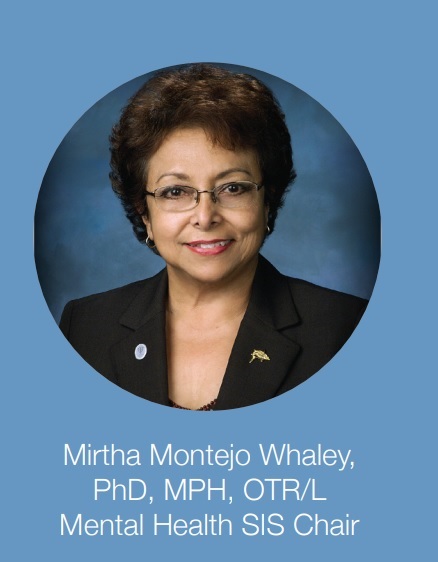
Trauma is widespread and has profound effects that can lead to emotional and physical distress throughout the lifespan. Statistics from the Center for Disease Control and Prevention (CDC) on abuse and violence in the United States indicate the following:

Abstract

Cancer is a multifaceted disease that affects quality of life and occupation performance of millions of individuals across the nation. It is estimated, in the United States, 15.5 million individuals live with a history of cancer (Taylor, 2018; National Cancer Institute, 2018). The Australian Institute of Health and Welfare (2014), estimates that one in two men and one in three women before the age of 85 will be diagnosed with some form of cancer. Advances in medicine for cancer management and treatment for various forms of cancer, has significantly increased the survival rates of cancer patients. Occupational therapists (OTs), have the skills, knowledge, and education to provide interventions to cancers survivors to improve quality of life (QOL) and occupational performance.
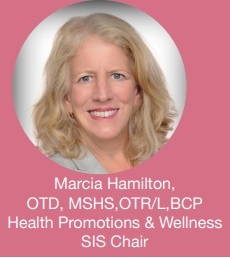
Wellness and health promotion efforts appear to be at center stage, as the society becomes more aware about the burden of chronic diseases over the lifespan. This knowledge fosters the understanding that lifestyle choices can have a significant impact on prevalence of chronic diseases (Snelling, 2014). The American Occupational Therapy Association (AOTA) has identified Health and Wellness as a key practice area in the 21st century (AOTA, 2015). According to AOTA, “factors that will drive an increasing need for wellness-related services are based on an accumulating body of scientific evidence that an individual’s health is directly related to physical as well as emotional well-being” (AOTA, 2015) . To support practice, AOTA provides extensive resources for Health and Wellness practice embedded within occupational therapy, including evidence-based literature, technology applications to support domains of health, and professional development opportunities.
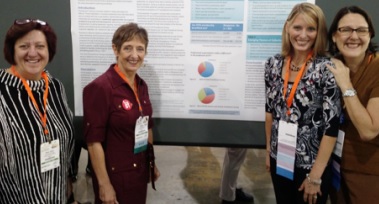 By Susan Hermes, OTD, BCP, OTR/L and Elena Vizvary, MS, OTR/L
By Susan Hermes, OTD, BCP, OTR/L and Elena Vizvary, MS, OTR/L
FOTA has a long history of being a leader in occupational therapy state associations and innovations as one of the early established state associations and licensure. The Leadership Development Initiative emerged from passionate members approaching elected leadership of Florida Occupational Therapy Association (FOTA). These members had been involved with American Occupational Therapy Association (AOTA) Emerging Leaders and Emerging Managers programs with positive professional outcomes. The question was raised if something similar would be a match for the membership needs and the FOTA strategic plan. A small committee was formed to determine if mentoring or leadership was the direction that would fit the current members needs, marketing, and leadership efforts. Compromise and constant collaboration to make sure sequential steps were followed to gather information and align with evidence based content to guide the successive years.
|
2016 OT/OTA Student Survey |
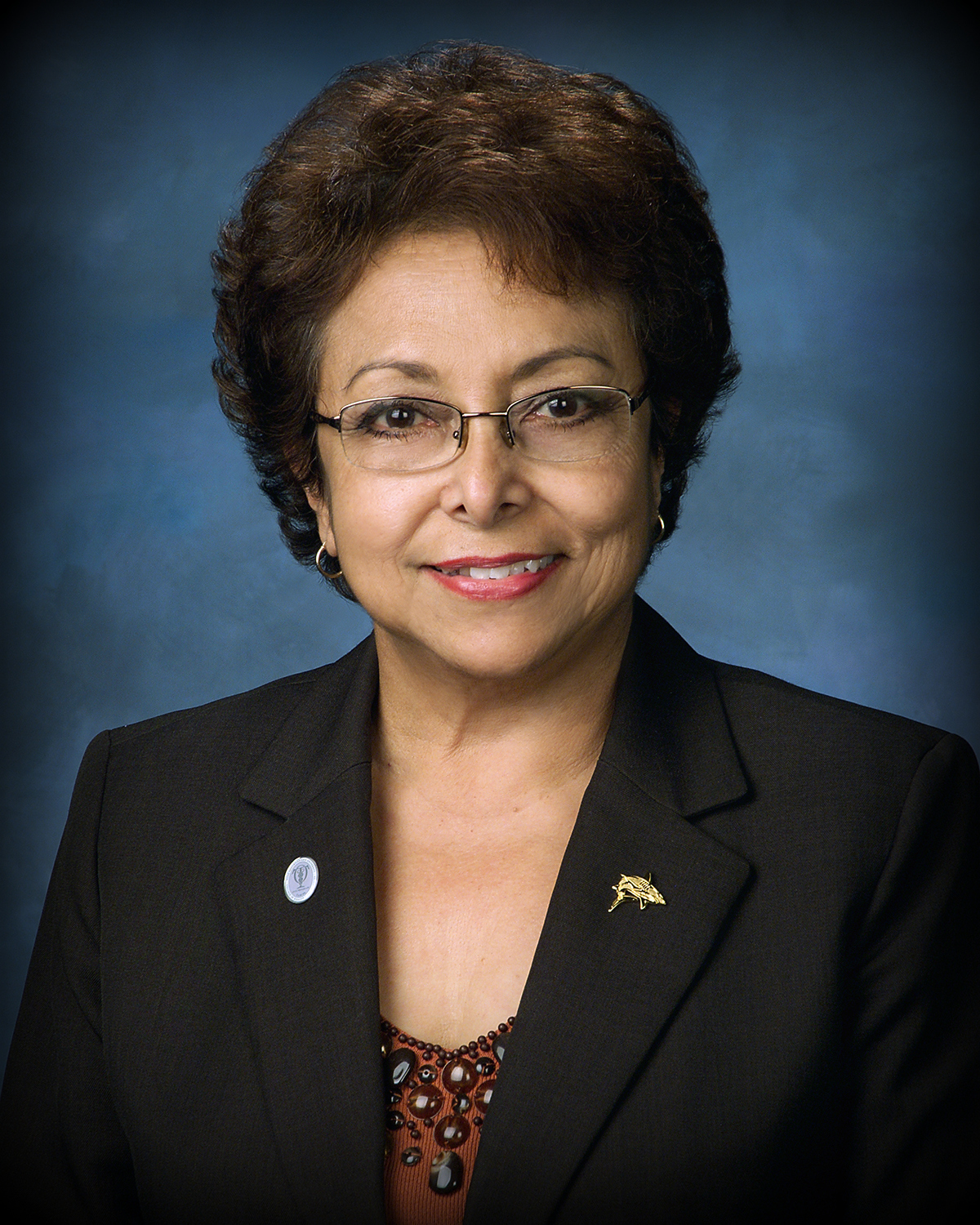
Mirtha M. Whaley, PhD, MPH, OTR/L, SIS Chair, Mental Health
 Oh, My Aching Neck!
Oh, My Aching Neck!Regina Bonynge, OTR/L CWEC, CEAS Work Programs Special Interest Chair
Many employees are saying these exact words thinking it is the physical environment that is contributing to their aches and pains. An ergonomic assessment is requested and the following is uncovered:
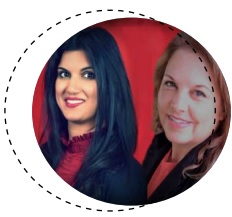
Anjali K. Parti, OTD, OTR/L Gerontology Co-Chair Annette Bullard, COTA, Gerontology Co-Chair
At the Florida Occupational Therapy Association (FOTA) conference in 2018, Anjali Parti and Annette Bullard hosted a Conversations that Matter that was very well attended, many OT practitioners voiced an interest in doing more for mental health in the VA setting. We have decided to re-visit this important topic due to President Trump’s recent Executive Order signed March 5, 2019. Here is some information on the order and what the order entails:
Amazon searches starting from www.flota.org benefit FOTA!